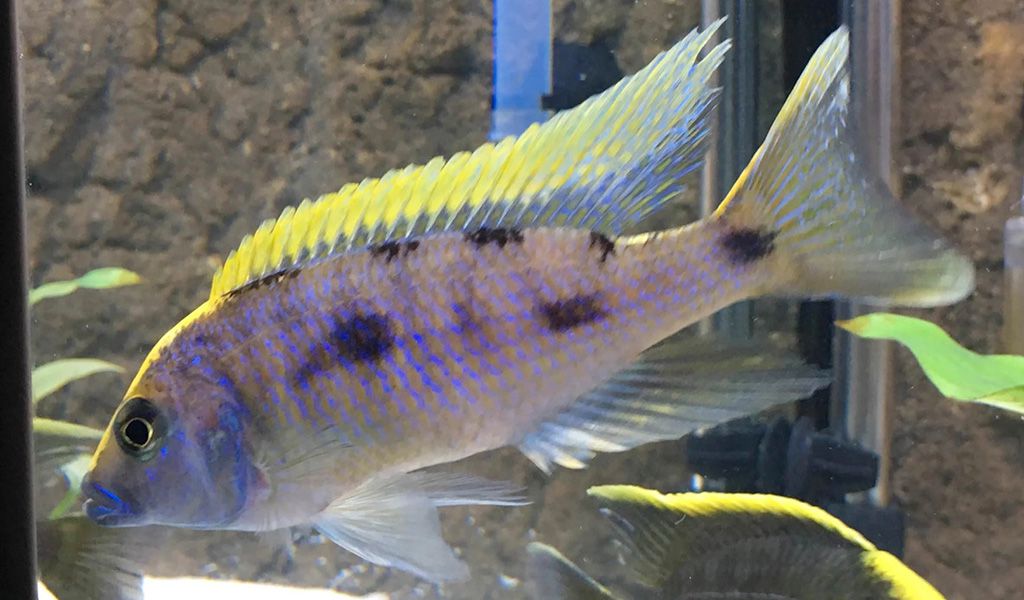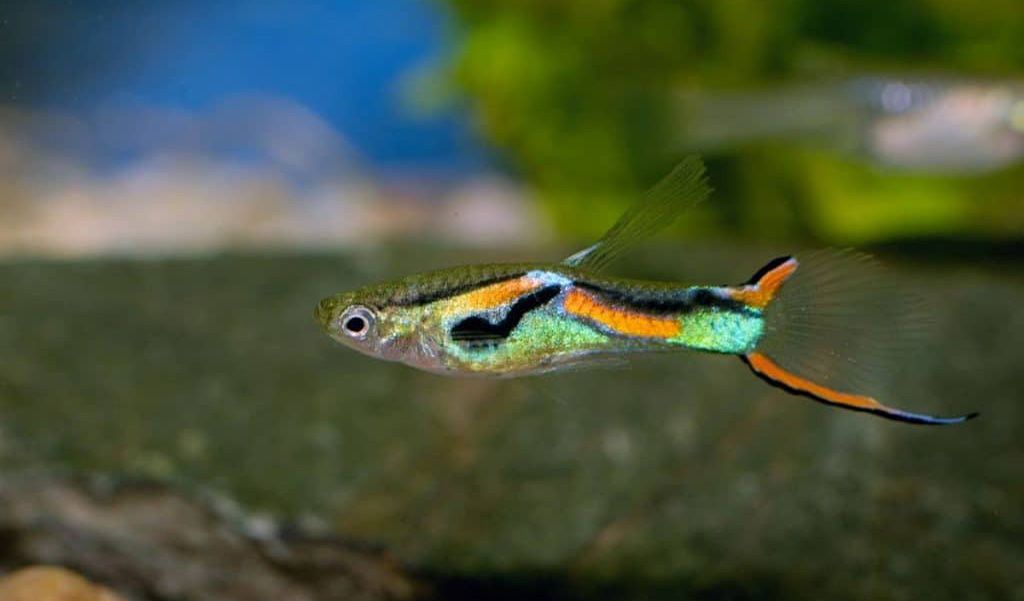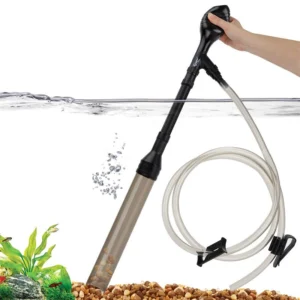Cast your mind back to the time of suffering sickness, did you lose weight? We guess most people would say “Yes”. Your fish are the same, they may get thinner because of disease or something like that. Wasting disease, for instance. In this article, we will talk about reasons for fish getting thinner and how to cure your fish-wasting disease. Let’s get started.
Content Table
What Causes Sunken Belly in African Cichlid
Has your Cichlid’s belly been sunken before? Do you know the why’s? Next, this part will provide the causes of sunken bellies in African Cichlids. Parasitic infection is one of the main reasons. The parasites bring bad impacts on organs, which will lead to fish being sick and then cause sunken bellies. More seriously, the parasites may be fatal. Therefore, treating infected cichlids quickly is an advisable choice. Besides that, without ideal food and sufficient nutrition, cichlids may also get a sunken belly. High-protein food is a great food source. Nonetheless, sometimes fish can not digest high-protein food.
Moreover, if your cichlid has a loss of appetite, it will show a sunken belly. In addition to this, fish tuberculosis will also cause a sunken belly. Meanwhile, if your cichlid suffers from fish tuberculosis for a long time, it will result in fish death. The most common cause of sunken belly in Cichlid is wasting disease.

What Is Wasting Disease in Fish?
For its literal meaning, wasting disease is an illness, which will cause fish gradually to become weaker, thinner, and even suffer death. Wasting disease is contagious and not easy to cure. Once a fish is infected with wasting disease, it will show some symptoms, including loss of appetite, skinny body, swollen belly, lethargy, loss of colors, and rotted fins. The symptoms are similar to other diseases, right? Thus, sometimes you may not diagnose the wasting disease, and the fish die.
Causes of Fish Wasting Disease
Generally, fish are almost impossible to get thinner if there are great water parameters and ideal food sources. Then why? Why are fish getting thinner? We will give you ideas in this segment.
Fish diet
It includes the food, as well as the frequency and amount of feeding. “More meals a day, less food for each meal” is a great option. And most people suggest feeding two or three times a day. However, it is not infallible. Exactly, it is recommended to feed according to the fish species, appetite, seasons, or other factors. Provided that your fish have no desire for food, you’d better not feed them too often. Or it will cause wasting of food and poor water quality.
On the other hand, take goldfish as an example, you can feed them insects, larvae, and small fish in summer. In winter, you can provide some flakes, pellets, and freeze-dried bloodworms. Moreover, vegetables are also excellent choices, like potatoes, peas, and broccoli.
Water parameters
Poor water quality will increase the risk of fish disease. Once fish get sick, they may lose interest in eating, and then become thinner. Meanwhile, if the water temperature is too low, fish will also lose their appetite, and get thinner finally. By the way, most fish live happily in aquariums at a temperature of 75-80℉. But it is best to search online when you keep one.
Limited oxygen level
Sufficient oxygen is vital for fish. If there is a low level of oxygen in your fish tank, the carbon dioxide will improve accordingly. Your fish will show no interest in food, become difficult to breathe, or even suffer death.

Parasites in the digestive tract
The parasite lives in the mucosal layer of the intestinal tract and has a bad impact on the tissue. Also, it consumes fish’s nutrients, leading to fish becoming thinner.
Psychological issue
Low adaptability and sensitive fish can not adapt to a new environment, and then they may refuse to eat. More seriously, fish may suffer enteritis. Goldfish, discus, parrots, Koi fish, and others possibly get the disease.
Treat Skinny Fish
Adding metronidazole or praziquantel to water is feasible. It is better to add 400-600 mg of metronidazole to 100 L water. In the meantime, you should add metronidazole, lasting for three days. Three days later, you can change aquarium water completely but do not forget filtration. On the contrary, you can also mix metronidazole or praziquantel in food, which is effective. It is recommended to mix 1g of metronidazole with 100g of food. Mixture feeding should be kept 3–5 times.
Besides that, you should avoid antibiotics, nitrofurazone, amoxicillin, and erythromycin. Since the wasting disease is resistant to antibiotics, antibiotics may cause the spreading of the disease.
Nevertheless, the methods mentioned above may make no sense, because the wasting disease is easier to prevent, rather than to cure. As a result, if you notice an infected one, you’d better isolate it to avoid spreading. But you should be careful when removing the infected fish to a quarantine tank. Or you may get a rash. Furthermore, you should throw away the substrate, filter, and other aquarium supplies in the infected fish tank and even the tank. Or you can soak and clean them with a strong bleach solution or alcohol. And it is best to rinse them more times.
Final Words
In summary, it is vital to keep great water quality and sufficient oxygen. Also, you should be cautious about your diet for fish. Once you notice one sick fish, isolating and treating it as soon as possible is best. That is all for today. If you have any other ideas to share, welcome to leave messages in the comments! Finally, thanks for your reading!


Leave a comment